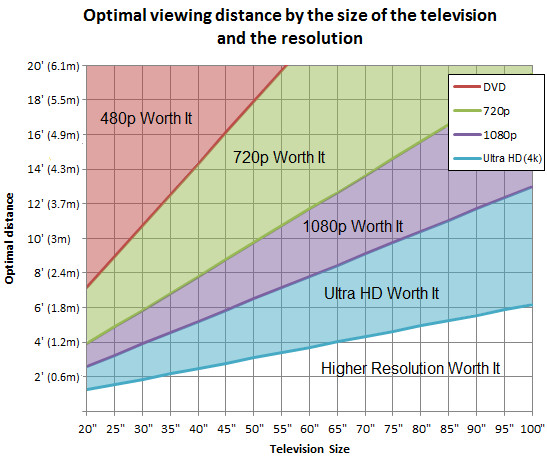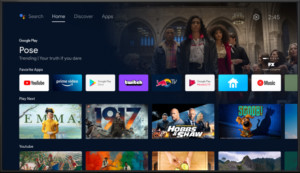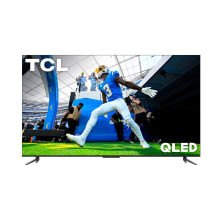
Your Guide to Choosing the Right Television Flat Screen Sizes
Choosing the right television flat screen size can significantly impact your viewing experience. While budget and wall space are factors, understanding the relationship between screen size and viewing distance is crucial for optimal enjoyment. This guide will delve into the science behind selecting the perfect television flat screen size for your home.
Viewing Distance: The Key Factor
While resolution used to play a significant role in TV selection, with the dominance of 4K resolution, the primary factor to consider now is viewing distance. This refers to the average distance between your seating position and the screen. But why is this so important? It all comes down to your field of view.
Field of View and Optimal Immersion
A television filling 30 degrees of the field of vision provides a more immersive experience.
The field of view is the extent of the observable world that is seen at any given moment. A television that’s too small for your viewing distance will result in a limited field of view, making it difficult to discern details and diminishing the immersive experience. Conversely, a screen that’s too large can be overwhelming and even cause discomfort when watching certain content like fast-paced sports or gaming.
Ideally, your television should fill between 30 and 40 degrees of your field of view. A 30-degree field of view offers a comfortable balance for general viewing, while a 40-degree field of view provides a more cinematic, immersive experience.
This chart illustrates the ideal viewing distance for various television flat screen sizes, aiming for a 30-40 degree field of view.
Television Flat Screen Sizes and Distance Chart
To simplify the selection process, refer to the following chart for recommended viewing distances based on common Television Flat Screen Sizes:
| Screen Size | Recommended Mixed Usage Distance (30°) | Recommended Cinema Distance (40°) |
|---|---|---|
| 32″ | 4’4″ (1.32m) | 3’2″ (0.97m) |
| 40″ | 5’5″ (1.65m) | 4′ (1.22m) |
| 43″ | 5’10” (1.78m) | 4’4″ (1.31m) |
| … | … | … |
| 115″ | 15’7″ (4.75m) | 11’6″ (3.50m) |
These recommendations are based on guidelines from the Society of Motion Picture and Television Engineers (SMPTE).
Beyond Viewing Distance: Other Considerations
While viewing distance is paramount, other factors influence your choice of television flat screen size:
Source Content Quality
A television that is too far away results in a diminished viewing experience, making details difficult to see.
Even with a 4K TV, the quality of the source material impacts the viewing experience. Compression artifacts from streaming services can detract from visual fidelity.
Size vs. Performance
Balancing size and performance is crucial. A larger screen might not always deliver the best picture quality if its underlying technology is inferior to a smaller, higher-end model. Prioritize the best picture quality you can afford within your desired size range.
Angular Resolution
Angular resolution refers to the eye’s ability to distinguish detail. Sitting too close to a screen can make pixels noticeable, while sitting too far can make details indistinguishable. With 4K resolution being the standard, angular resolution is less of a concern than it used to be.
 alt
alt
Conclusion: Finding the Perfect Fit
Choosing the right television flat screen size involves balancing viewing distance, personal preferences, and budget. Use the provided chart and guidelines as a starting point, but ultimately, the best size is the one that provides the most comfortable and enjoyable viewing experience for you. Consider simulating different sizes in your space using painter’s tape to visualize how each size will look before making a final decision.








